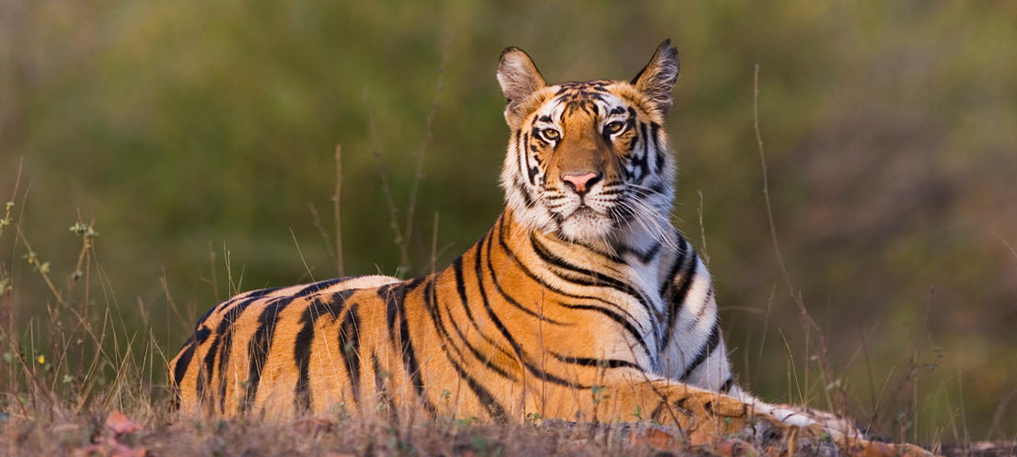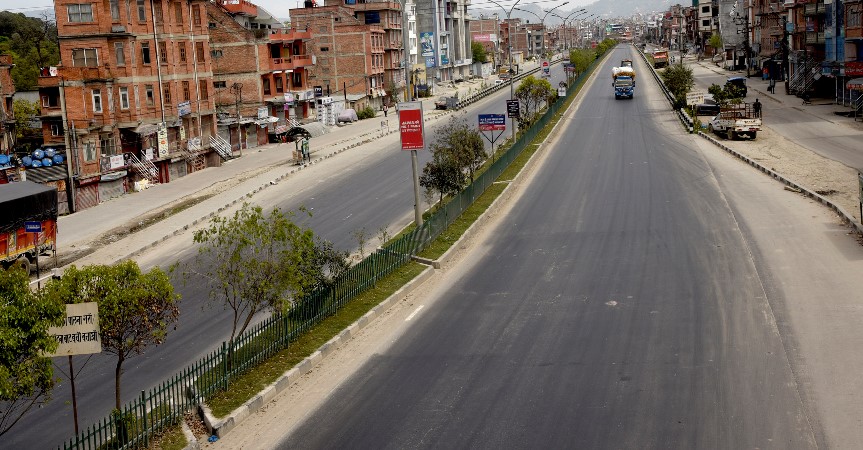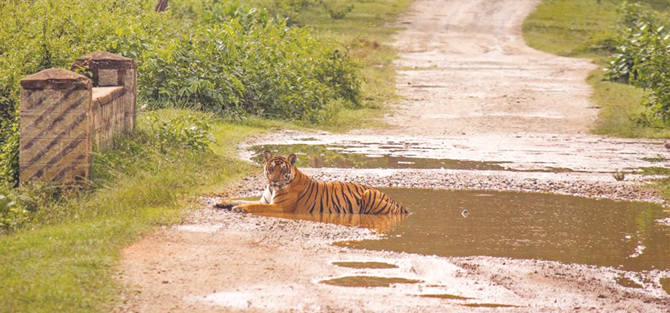Nepal on track to double tiger population by 2022

By Indira Aryal
Kathmandu, July 30: Every year, July 29 is observed as International Tiger Day across the globe to raise awareness about the declining number of tigers and make commitments and efforts to save them from going extinct.
This year, the Day was observed with the theme – Tiger Conservation for Ecotourism Promotion – focusing on the vital role that tigers play in not just benefitting ecosystems and forests but also in promoting local economies by acting as tourist attractions.
According to the latest census in 2018, there are 235 breeding tigers in Nepal and the country is all set to become the first of 13 range countries to double its tiger population by 2022.
According to Bishnu Prasad Shrestha, information officer at the Department of National Parks and Wildlife Conservation (DNPWC), Nepal is on course to become one of the first tiger range countries to fulfil its commitment and achieve the target of doubling tiger population by 2022 set during the Global Tiger Summit in Russia in 2010. Nepal’s tiger population was 121 at the time.
According to the 2018 census, Chitwan National Park is the largest habitat of tigers, registering 93 big cats. Bardiya is the second-largest habitat of tigers, where 87 tigers were counted. Banke National Park is home to 21 tigers, Shuklaphanta National Park is home to 16 tigers and Parsa is the habitat of 18 tigers.
On this day, DNPWC released a report on “Assessment of Ecological Carrying Capacity of Royal Bengal Tigers in Chitwan-Parsa Complex, Nepal.” The report aims to provide a broader framework in maintaining an optimal tiger population, Shrestha said.
This study was conducted on a special request by the Government of Nepal to establish a method for estimating tiger ecological carrying capacity (ECC) of a site and provide a baseline ECC estimate of tigers in the Chitwan-Parsa Complex, a priority tiger conservation landscape.
The approach and estimate would then help the government to develop appropriate management interventions to conserve the optimum number of tigers over the long term, the report said.
Chief at the Climate Change Division under the Ministry of Forest and Environment Maheshwor Dhakal said, “We are on positive path in tiger conservation to meet the commitments made in 2010 but many challenges lie ahead.”
Maintaining the habitat, human-tiger conflict, trafficking and illegal trade, climate change and COVID-19 are challenges for the conservation and protection of tigers.
There should be grassroots level teamwork among national bodies for the conservation and protection of tigers, Dhakal added.
Pramod Bhattarai, chief conservation officer at Banke National Park, said that the number of tigers was increasing in the national park. He said that they had been working towards maintaining and conserving the tiger habitats.
“We have found various paw prints of cubs while patrolling the conservation site and it indicates that the number of tigers is increasing,” he said.
Recent News

Do not make expressions casting dout on election: EC
14 Apr, 2022
CM Bhatta says may New Year 2079 BS inspire positive thinking
14 Apr, 2022
Three new cases, 44 recoveries in 24 hours
14 Apr, 2022
689 climbers of 84 teams so far acquire permits for climbing various peaks this spring season
14 Apr, 2022
How the rising cost of living crisis is impacting Nepal
14 Apr, 2022
US military confirms an interstellar meteor collided with Earth
14 Apr, 2022
Valneva Covid vaccine approved for use in UK
14 Apr, 2022
Chair Prachanda highlights need of unity among Maoist, Communist forces
14 Apr, 2022
Ranbir Kapoor and Alia Bhatt: Bollywood toasts star couple on wedding
14 Apr, 2022
President Bhandari confers decorations (Photo Feature)
14 Apr, 2022









